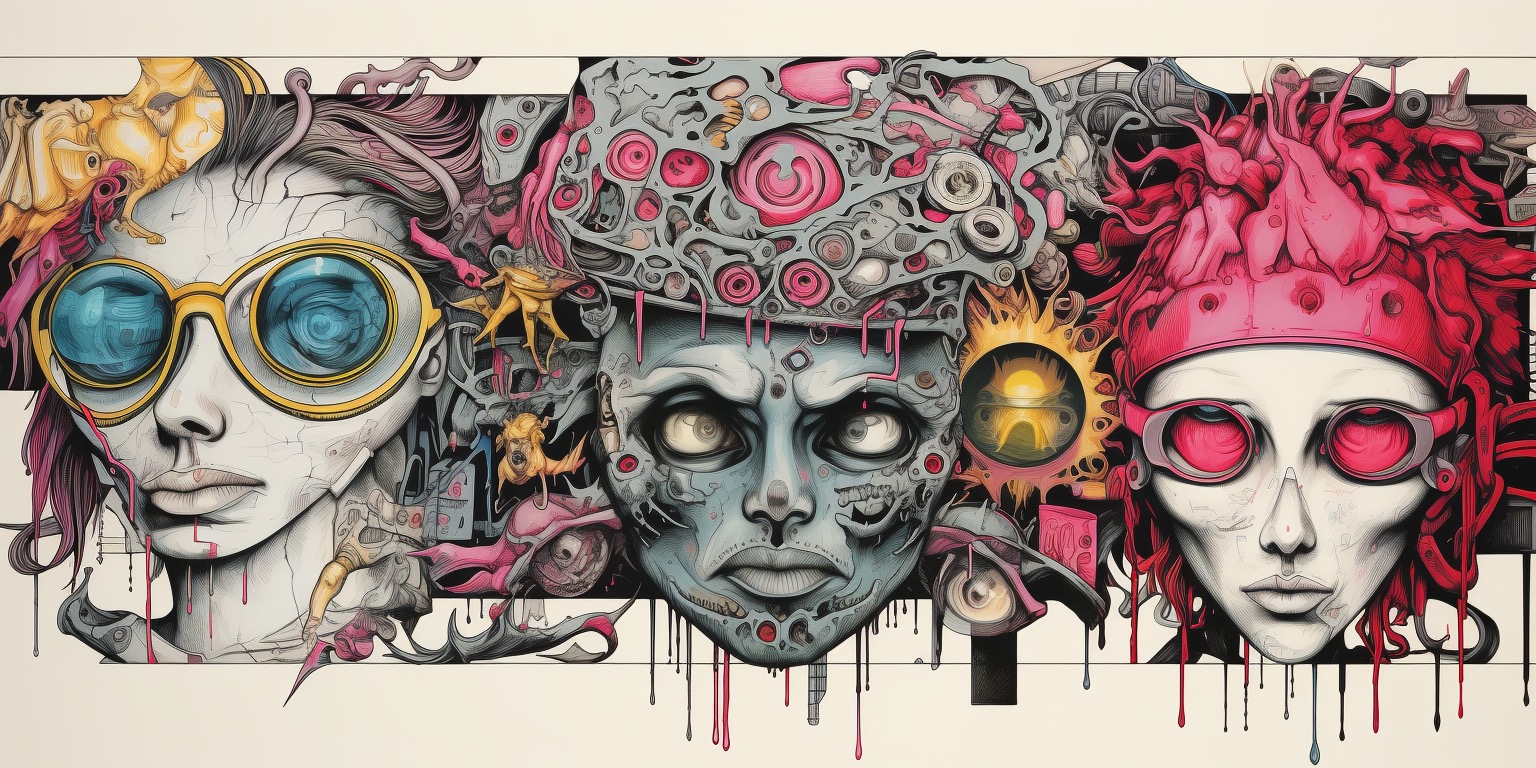
Coloring Different Types of Images
Whether you’re coloring a complex mandala, a whimsical fairy tale scene, or a realistic portrait, each type of image requires its own approach to bring it to life with vibrant colors.
Mandala Coloring:
Mandalas are intricate patterns that often feature geometric shapes, repetitive designs, and symmetrical elements. When coloring mandalas, it’s essential to pay attention to the overall composition and balance of colors. Start by selecting a central color and gradually build layers of colors outward, creating a sense of symmetry and harmony. Experiment with different color combinations to achieve a mesmerizing effect.
Consider the psychological effects of colors on the human mind. Red symbolizes passion and energy, blue evokes calmness and serenity, green represents nature and growth, and yellow signifies joy and positivity. Keep these associations in mind as you choose colors for your mandalas, understanding that different hues can evoke specific emotions and moods.
Nature Scenes:
Coloring nature scenes, such as landscapes, gardens, or underwater scenes, allows you to explore the beauty of the natural world. Consider the specific elements present in the image, such as trees, flowers, water, or animals. Study reference photos or observe real-life nature to choose realistic or imaginative color schemes. Pay attention to details, such as the play of light and shadows, to add depth and dimension to your coloring.
Explore the concept of color harmonies to enhance your nature scenes. Analogous colors, which are adjacent on the color wheel, create a feeling of unity and harmony. Complementary colors, which are opposite each other on the color wheel, can create a vibrant and dynamic contrast. Experiment with these color schemes to evoke different moods and atmospheres in your natural landscapes.
Characters and Figures:
Coloring characters and figures, whether they are from a storybook, comic book, or your imagination, requires attention to detail and a strong sense of style. Start by understanding the personality and traits of the character you’re coloring.Consider their clothing, hair, and accessories to create a cohesive look. Don’t be afraid to experiment with bold or unconventional color choices to make your characters truly unique.
Consider the color symbolism associated with different cultures and mythologies. For example, in many Western cultures, white often represents purity and innocence, while black can signify power and mystery. Incorporating these symbolic meanings into your character’s color choices can add depth and storytelling to your illustrations. Additionally,think about how color can reflect a character’s emotions or personality traits. Warm colors like red and orange can convey passion or energy, while cool colors like blue and green can evoke calmness or tranquility. Use these associations to enhance the overall impact of your character illustrations.
Portraits:
Coloring portraits can be a rewarding but challenging task. When coloring faces, pay attention to skin tones, shadows, and highlights to create a lifelike appearance. Study reference photos or observe real people to understand the subtle color variations in skin tones, eyes, and hair. Gradually build layers of colors, blending and shading to achieve a realistic effect.Don’t forget to focus on the small details, like freckles or wrinkles, to add depth and character to your portraits.
Experiment with the interplay of warm and cool colors in portrait coloring. Warm colors, such as reds and yellows,can be used to accentuate areas of the face that catch more light, such as the cheeks or forehead. Cool colors, like blues and purples, can be used to add depth and create realistic shadows. Employing a variety of colors rather than solely relying on skin tones will make your portrait illustrations more dynamic and visually engaging.
Fantasy and Mythical Creatures:
Coloring fantasy and mythical creatures provides an opportunity for boundless imagination. From majestic dragons to mystical unicorns, these creatures often have unique features and vibrant colors. Experiment with fantastical color combinations to bring these creatures to life. Consider the textures and patterns on their scales, feathers, or fur to add richness and depth. Allow your creativity to run wild as you explore the world of mythical beings.
Engage in color symbolism when coloring fantasy creatures to enhance their magical presence. Imagine what each color represents in the realm where your creature resides. Maybe green represents growth and harmony in a mythical forest, while gold embodies wisdom and power in ancient legends. By infusing these symbolic meanings into your creature’s color palette, you can create a deeper connection between the character and the audience.
